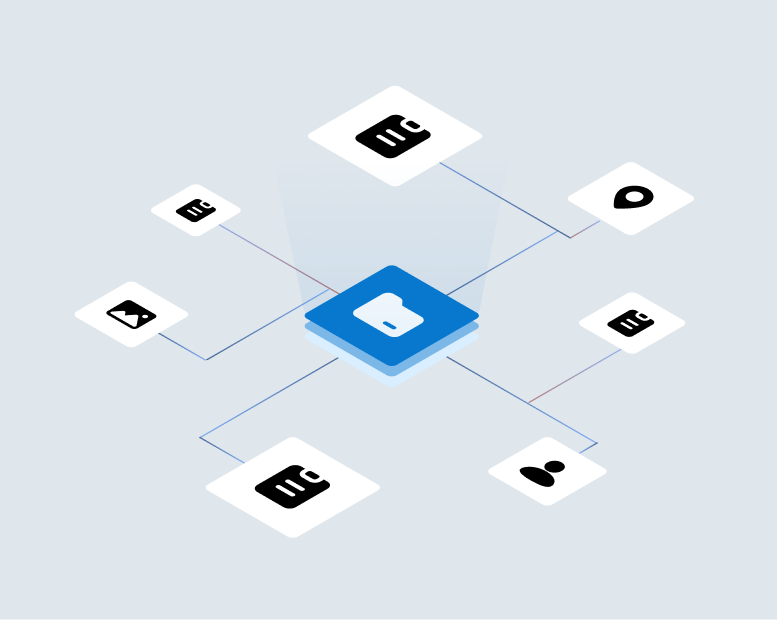In 2021 Elon Musk set a goal of “selling insurance in most states by the end of 2022” – yet currently Tesla’s insurance captive is only approved in twelve states and is seeking up to 30% rate increases in some of them – higher than virtually all the competition. Insurance is hard.
From what I can infer from their public comments about the program, Tesla’s insurance strategy has been to count on the high price points of Tesla automobiles to ensure a largely ‘preferred’ customer base and then use their integrated telematics to manage the risk. But as with Root, another telematic focused insuretech, Tesla may be finding that there is far more to auto insurance risk than driving behavior. Indeed, to succeed auto carriers must consider a wide range of risk indicators to effectively assess and select risks. And crucially many of these indicators are neither measurable via telematics nor evident in the data used to rate the risk. There are a wide range of behavioral and other cues both at POS and during the entire policy holder relationship that need to be considered to understand the true risk. Indicators like: how many times did the customer change his quote submission? What did he change? Is there conflicting data? What coverage and carrier did he come from?
Assessing these types of cues requires a much more complex and focused risk selection process than simply rating the risk. But failing to do so leads to losses that require 30% rate increases.
VeracityID delivers composable risk-selection solutions to P&C insurers on a native cloud platform called idFusion™. Offered as a subscription service, idFusion integrates with online origination/transaction processing platforms and core systems to deliver user-designed, in-transaction risk detection, intervention, and resolution solutions. www.veracityid.com


